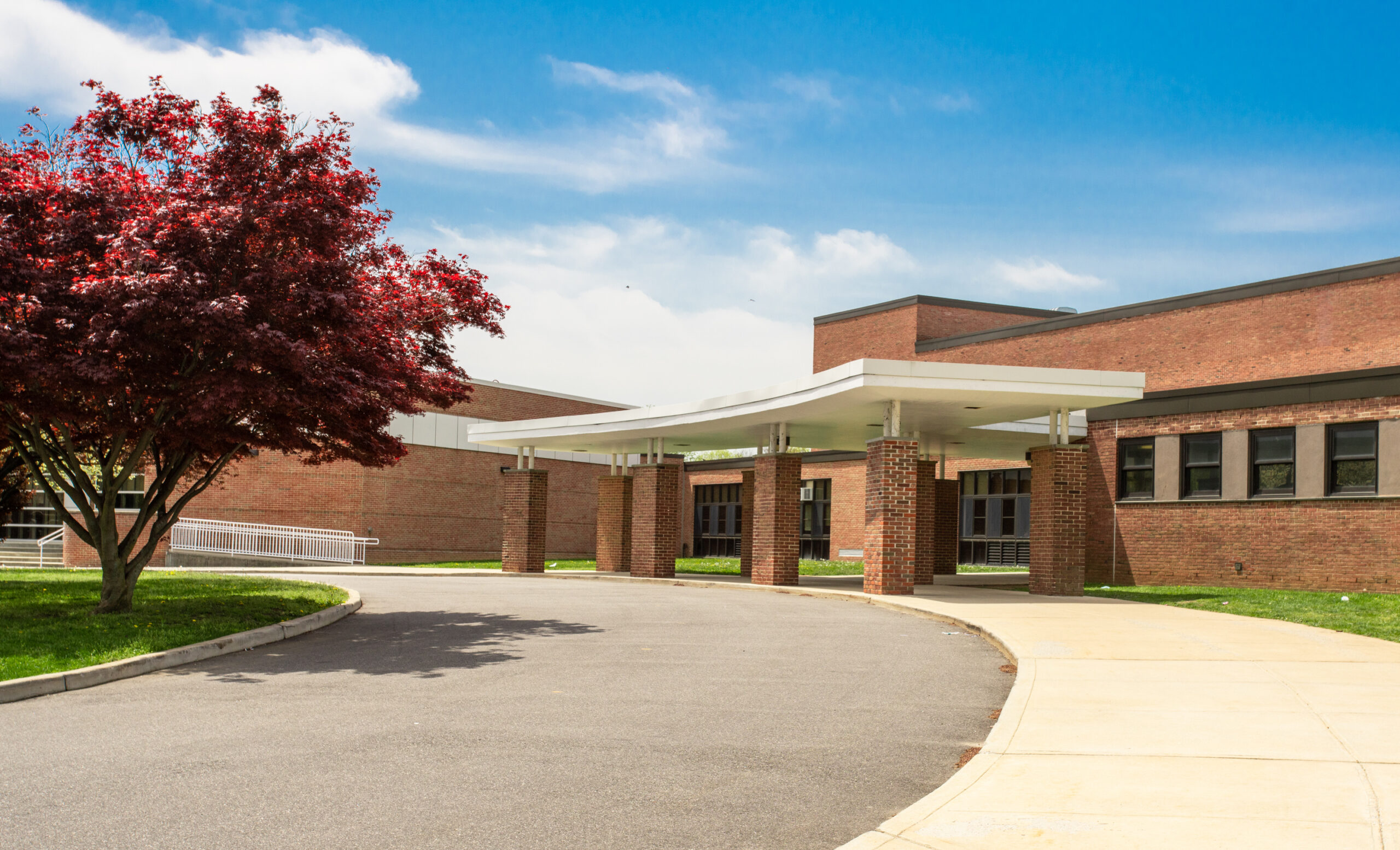Tripping refers to the process of removing and/or replacing pipe from the well when it is necessary to change the bit or other pieces of the drill string. This process also occurs when preparing to run certain tests in the well bore. To help promote a hazard-free work environment, the following list highlights potential hazards and safety solutions for review.
Getting Slips
Hazards:
- Getting fingers or other body parts pinched between slips or slip handles and the rotary table
- Muscle strain from improper lifting techniques
Solutions:
- Use proper hand placement when setting slips
- Use proper stance and slip lifting techniques. Slips have three handles and should be lifted jointly by more than one individual to do so safely
Breaking Out and Setting Back the Kelly
Hazards:
- Release of excess drilling mud resulting in skin contact and loss of proper footing
- Being struck by slip handles, if the rotary table is used to spin the drill string
- Being struck by the kelly, if the pullback line unhooks when it is being pulled toward the rathole
Solutions:
- Shut down the mud pumps before breaking out the kelly
- Close the mud saver valve on the kelly, if present and use a mud bucket to divert the flow of excess mud
- Stand clear of the rotary table when it is moving and consider using other machinery (pipe spinners, kelly spinners, etc.) to reduce struck-by hazards
- Implement an effective pullback line attachment procedure
- Stand in a safe location, away from the pullback line and rathole during the pullback operation
Attaching Elevators to Elevator Links
Hazards:
- Being pinched by the elevator links while attaching elevators
- Being struck by elevators
- Strains and sprains
Solutions:
- Use proper hand placement when attaching elevator links
- Stand a clear distance away from the swing-path of the elevators and elevator links
- Use lifting equipment and limit the amount of manual positioning of elevators
- Use proper mounting procedures
Latching Elevators to Pipe
Hazards:
- Getting fingers or hands pinched in elevators or between elevators and the stump
- Being struck by elevators that are not securely latched
Solutions:
- Use handles on elevators as you descend into place over the stump and tool joint
- Inspect and maintain elevators for safety
Working on the Monkeyboard
Hazards:
- Falling while climbing up and down the ladder, from the monkeyboard or fingerboard, or during an emergency descent
- Being caught between the pipe and other objects
- Sprains and strains
- Being struck by dropped objects from other workers
Solutions:
- Use a climb assist device
- Wear appropriate fall protection, including a full-body harness
- Wear the appropriate personal protective equipment (PPE), including a hard hat, work gloves and safety-toed footwear
- Practice 100 percent tie-off while working in the derrick
- Use slip-resistant coatings or materials on working surfaces
- Practice proper hand placement and use pullback ropes
- Implement a dropped objects program on the jobsite, such as a tie-off for all tools
- Use extra caution while others are working above you
- Do not carry tools while climbing the derrick ladder. Instead, raise tools with a line to any worker above the derrick floor
Breaking Out the Pipe
Hazards:
- Being struck by swinging tongs, if they break free from the pipe
- Being struck by slip handles, if the rotary table is used to spin the drill string
- Being struck by reverse backlash of the tongs during breakout operations
- Being struck by the tongs, if a snub line breaks or the tongs come unlatched
Solutions:
- Implement an effective breakout pipe procedure in which workers (other than tong operators) stand outside the tong swing radius when breaking the pipe
- Inspect tong dies and snub lines during each tour
- Maintain good communication between the floor hands and the driller
Maneuvering the Pipe to the Racking Area
Hazards:
- Getting hands and fingers pinched between the stands of the pipe
- Getting feet or toes crushed or amputated under a stand of pipe
Solutions:
- Keep hands and fingers away from between pipe strands.
- Position your feet away from the bottom of the pipe stands.
Contact INSURICA today to learn more about your oil and gas coverage options.
This is not intended to be exhaustive nor should any discussion or opinions be construed as legal advice. Readers should contact legal counsel or an insurance professional for appropriate advice. © 2023 Zywave, Inc. All rights reserved.
About the Author
Share This Story
Related Blogs
Group Health Premiums on the Rise: What Employers Need to Know
In 2025, rising group health premiums are becoming a central concern for employers. Carriers like UnitedHealth, Anthem, and CVS Health have issued projections showing significant cost increases—driven by escalating claims severity, specialty drug costs, and continued labor shortages across provider networks.
SECURE 2.0 Implementation: A New Era in Retirement Planning
The SECURE 2.0 Act, passed in late 2022 and now in active rollout through 2025, is reshaping the landscape of workplace retirement planning. Designed to expand access, modernize plan design, and improve financial preparedness, the law introduces over 90 new provisions—many of which are now surfacing in HR departments across the country.
Visitor Check-In and Access Control Best Practices
Visitor check-in and access control best practices are essential for ensuring campus safety. With increasing security concerns in schools, implementing visitor check-in and access control best practices helps minimize unauthorized access, protect students and staff, and ensure a safe learning environment.








